1. Overview
DLDS-361B Smart Meters and Sensor Technology Training equipment workbench consists of five units: engineer unit, control center unit, mixing unit, filling workstation, and tool unit. The smart meters software teaching system comprises the DCS upper component and PLC programmable control systems. This Smart meters and sensor technology training equipment is a specified Technical education trainer in the process control competition of the National Skills Competition.
2. Technical Parameter
Smart Meters Training Device Workflow:
1) Smart meters settings: set the hot water outlet temperature value, set the water supply pressure value, set the mixing flow ratio (tank temperature), set the liquid level value, set the stirring time value, set the required color value, and set the filling time value.
2) Mixed flow ratio of cold and hot: According to the set information, the system starts the cold water and hot water circulating pumps to start the flow ratio of cold and hot mixed flow and starts to inject water into the mixing tank.
3) Liquid level control: After the mixing station’s tank liquid level reaches the set value, close the water inlet valve and pump to stop the water inlet. Or stop filling of peristaltic pump and alarm after reaching a low water level.
4) Feeding device: After closing the valve and the water pump, the system drives the metering pump to add the set material value.
5) Stirring and conveying device: After feeding, stir. After the stirring time is enough, open the mixing station’s discharge valve and sampling pump, and send the stirred finished products into the sampling and testing system.
6) Visual inspection: The material’s color is detected by photographing. If it doesn’t meet the standard, the information will be fed back to the PLC, which will control the metering pump to add material to the mixing tank again.
7)Filling system: The qualified material starts to be filled. The smart meters control the XYZ axis to locate the filling port for quantitative filling according to the filling port of the container detected by the vision system. After the filling, the weighing test starts. Within the set range value, it is a qualified product.
3. Smart Meters and Sensor Technology Training Contents
Using this equipment, students can learn and master the following skills:
1) Sensor detection technology: including pressure transmitter, temperature transmitter, liquid level transmitter, flow transmitter, load cell, etc., commonly used in industrial instruments. Students can know typical sensors on this didactic equipment and master the use methods of various sensors.
2) Visual inspection technology
3) Intelligent delivery control: students can automatically adjust the proportion of pigments put into the mixing workstation through PLC and DCS analysis of the data sent back by the vision system to achieve the required color.
4) Automatic filling: Students can write a program to let PLC automatically control x, y, and z-axis stepping motors to realize the automatic alignment of the filling port and automatic filling.
5) Electric control system: the electrical drawings are designed according to industrial standards.
6) DCS centralized control technology: through this technical teaching equipment, students can master the application of upper components and how to configure, collect data, and control the upper system.
7) PID regulation: students can learn how to control constant temperature, constant pressure, constant flow, and other PID controls through PID on the Technical Training Aids.
8) Siemens PLC Technology: students can practice PLC wiring, programming, and debugging on this equipment.
9) Process flow of production line
10) System maintenance and fault detection technology: this part focuses on the contents and methods of daily maintenance of over-control TVET equipment and common fault analysis and troubleshooting methods.
11) Application of constant pressure water supply: students can recognize the constant pressure water supply control in industrial equipment on this smart meters system.
Another smart meters training model: DLDS-361A

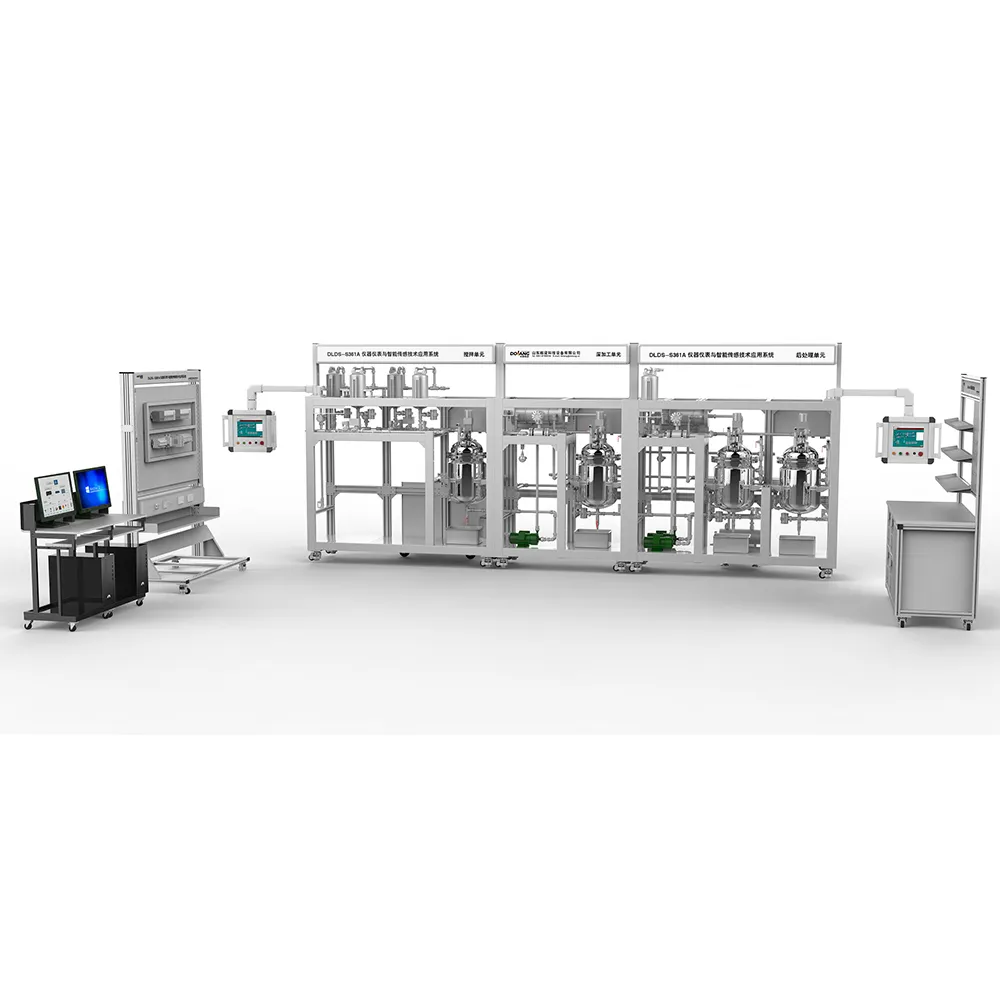


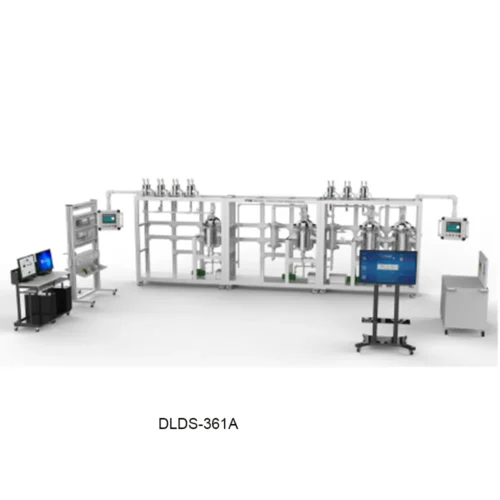
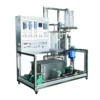


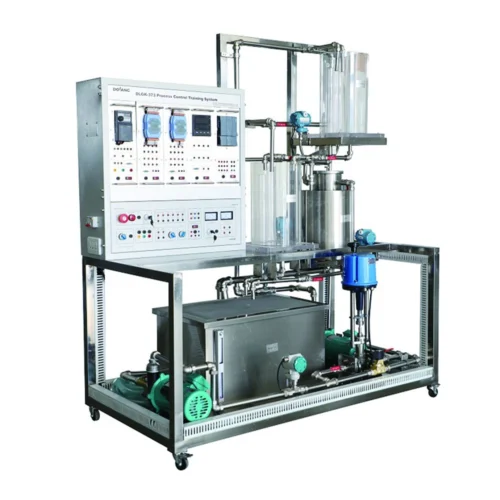

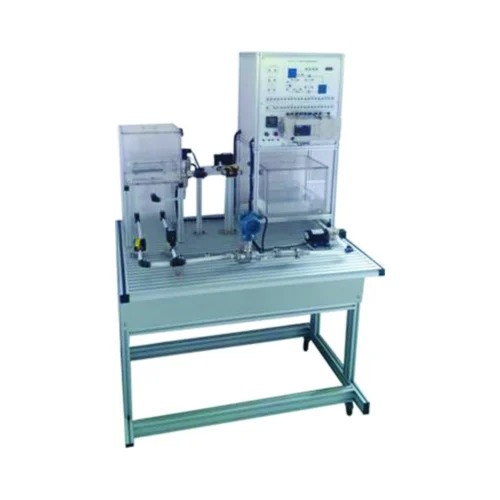
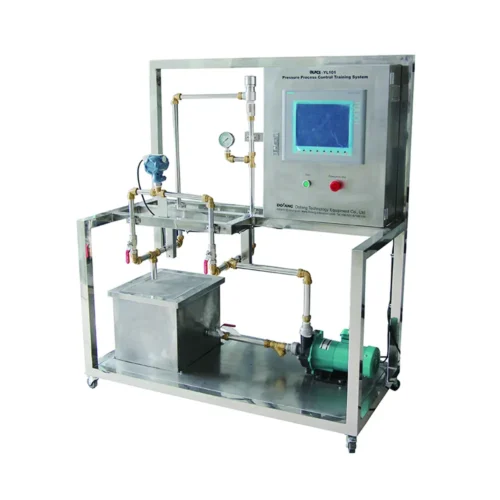
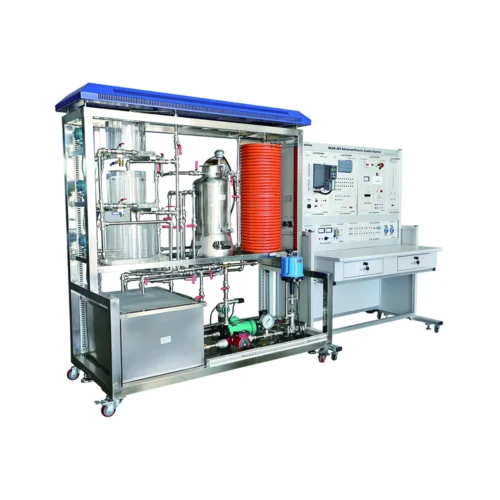

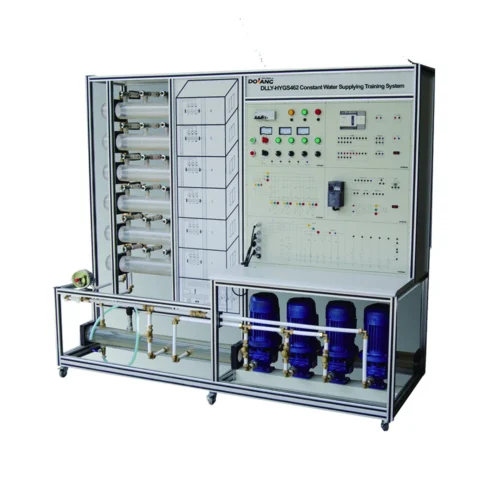

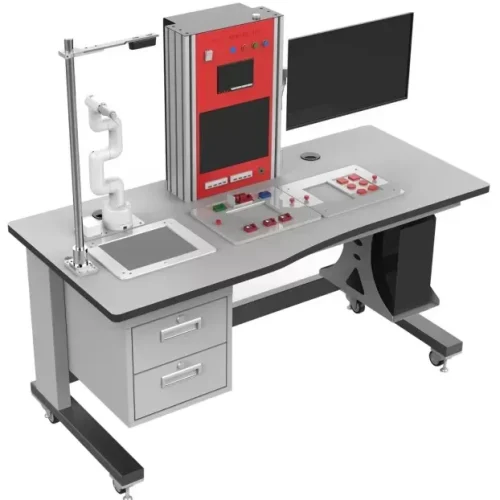
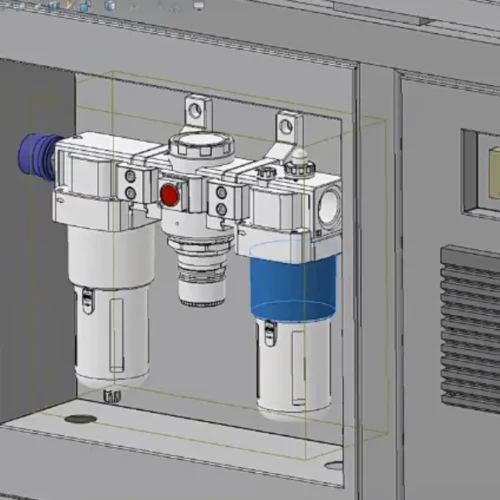
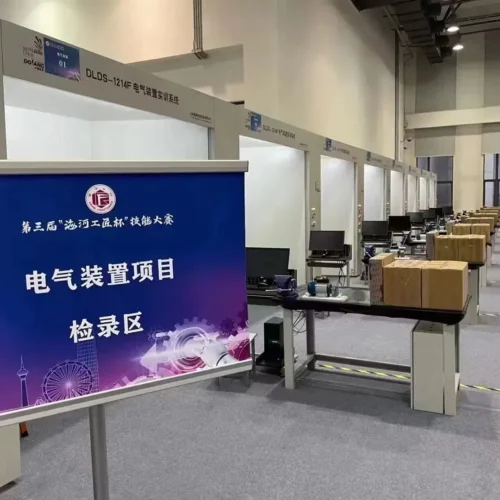

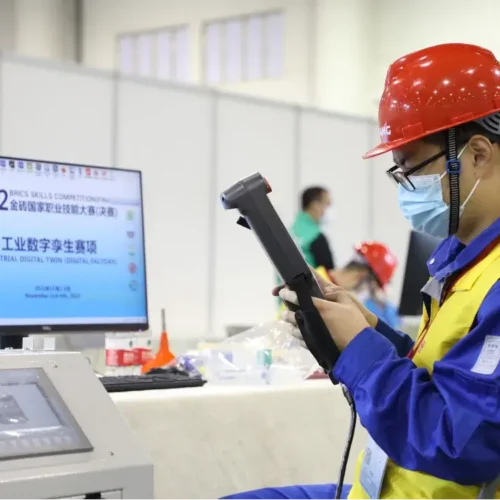
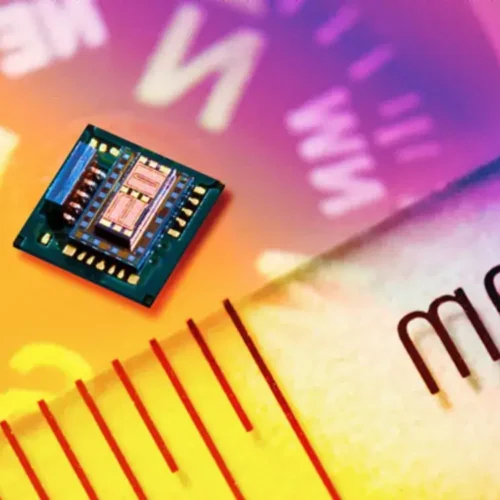
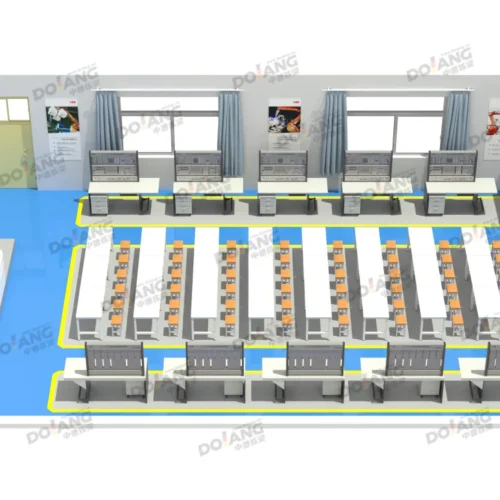
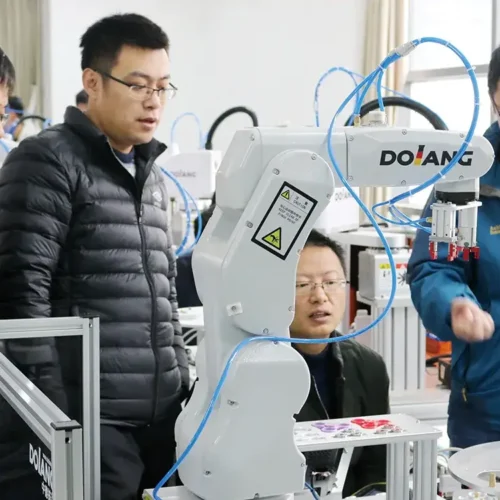
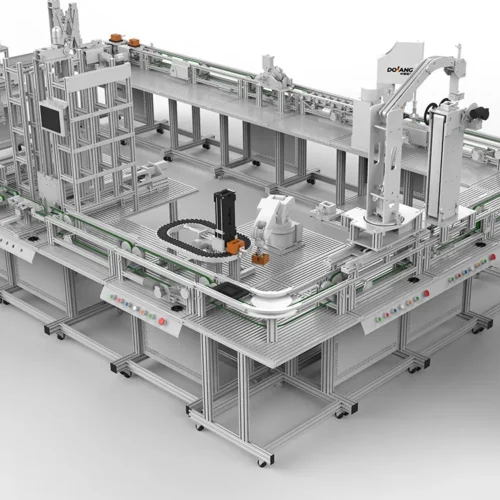
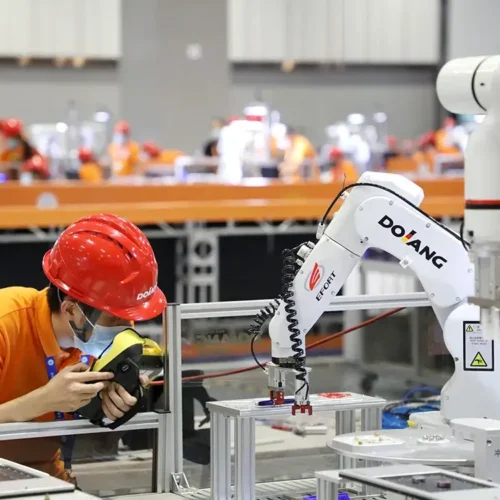
Reviews
There are no reviews yet.